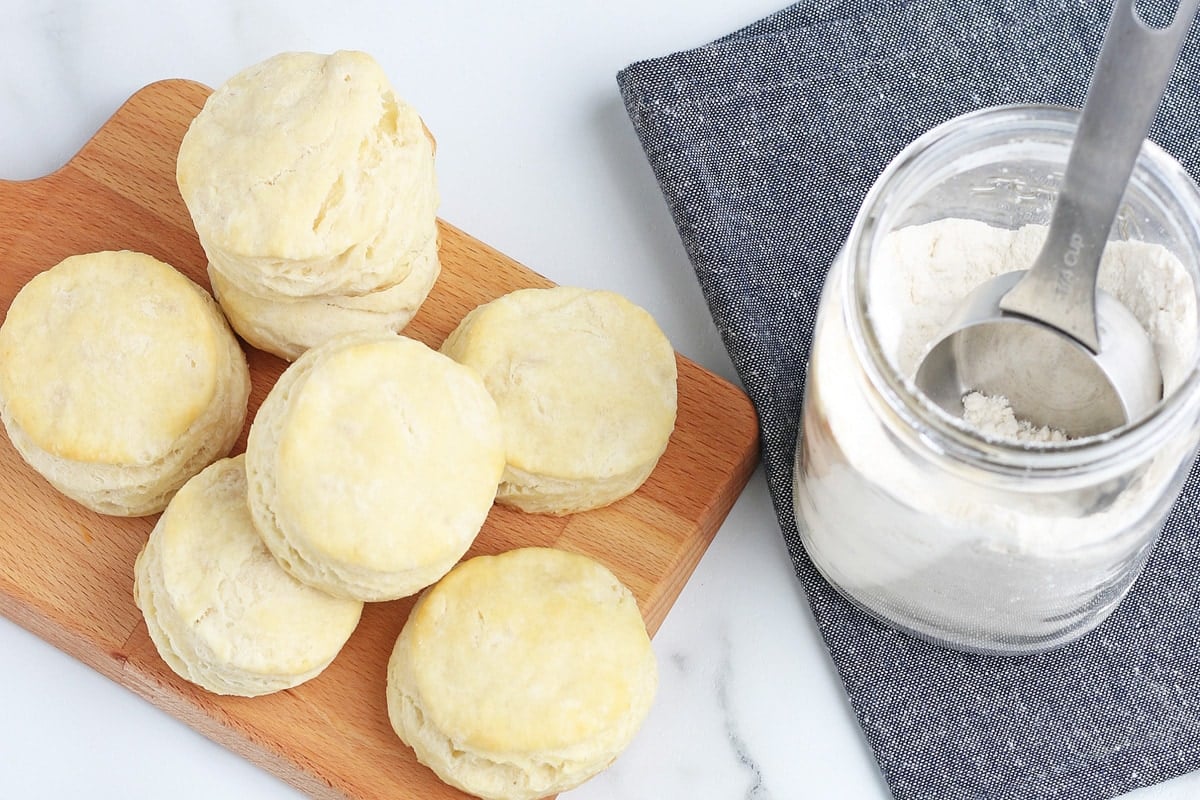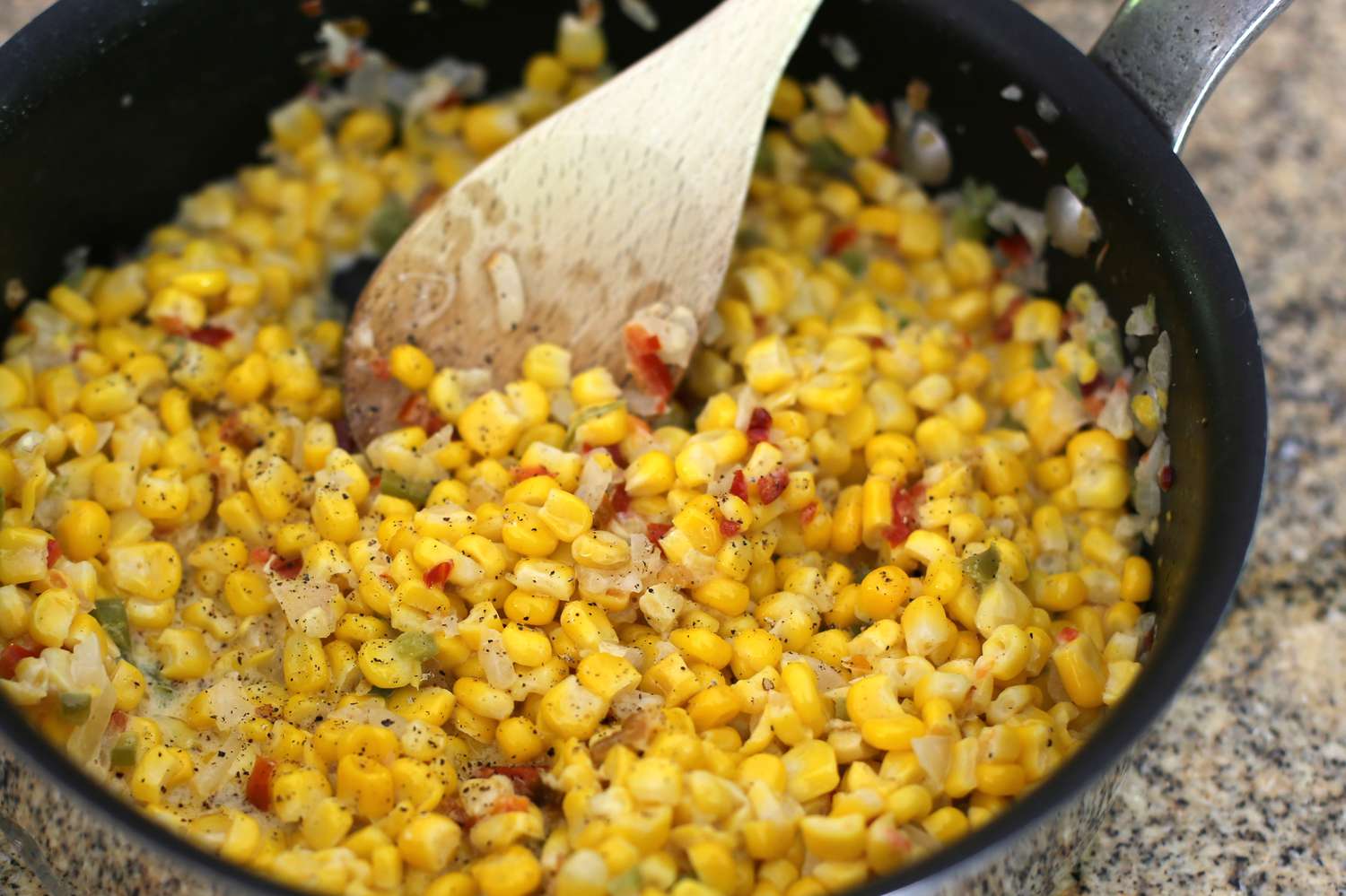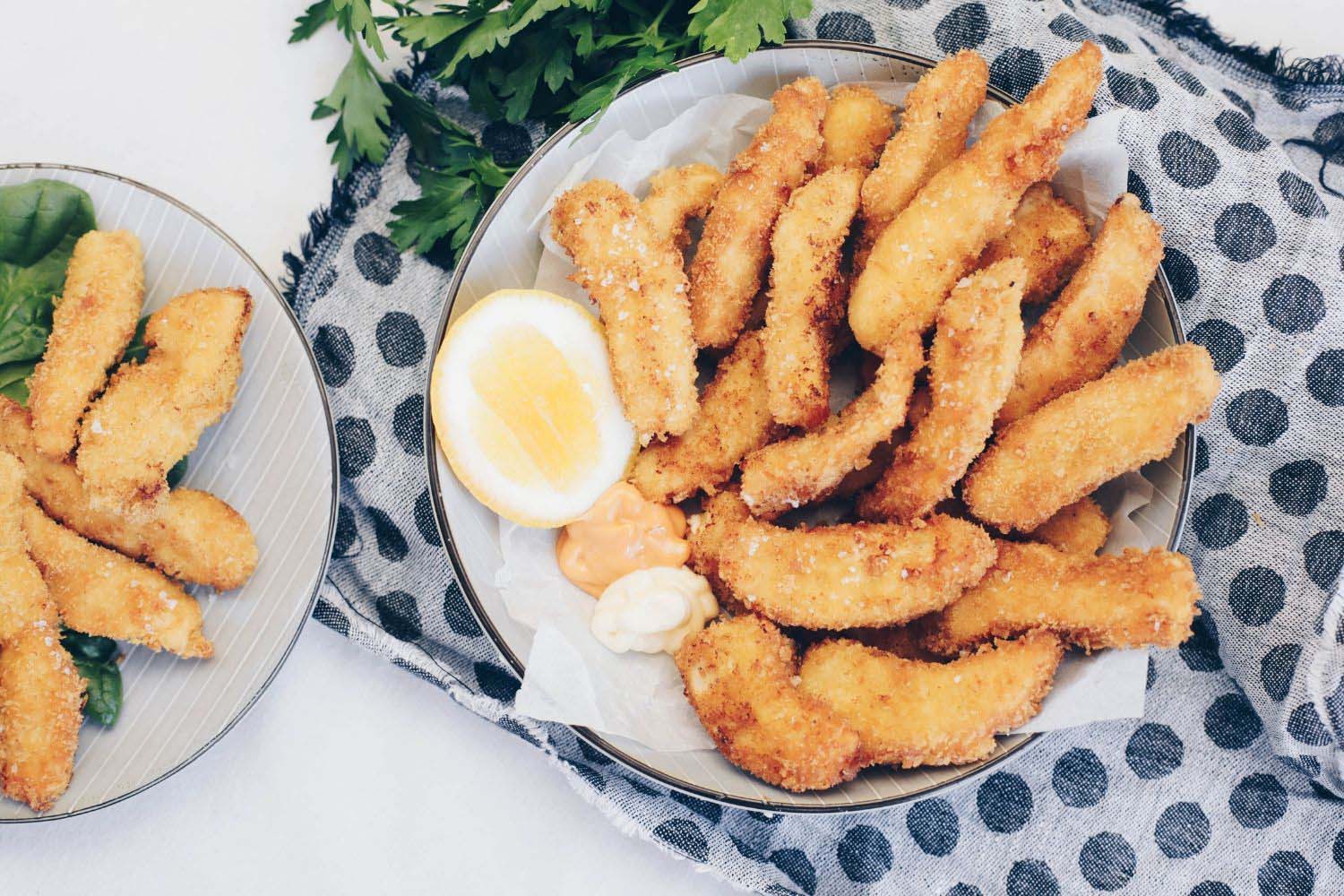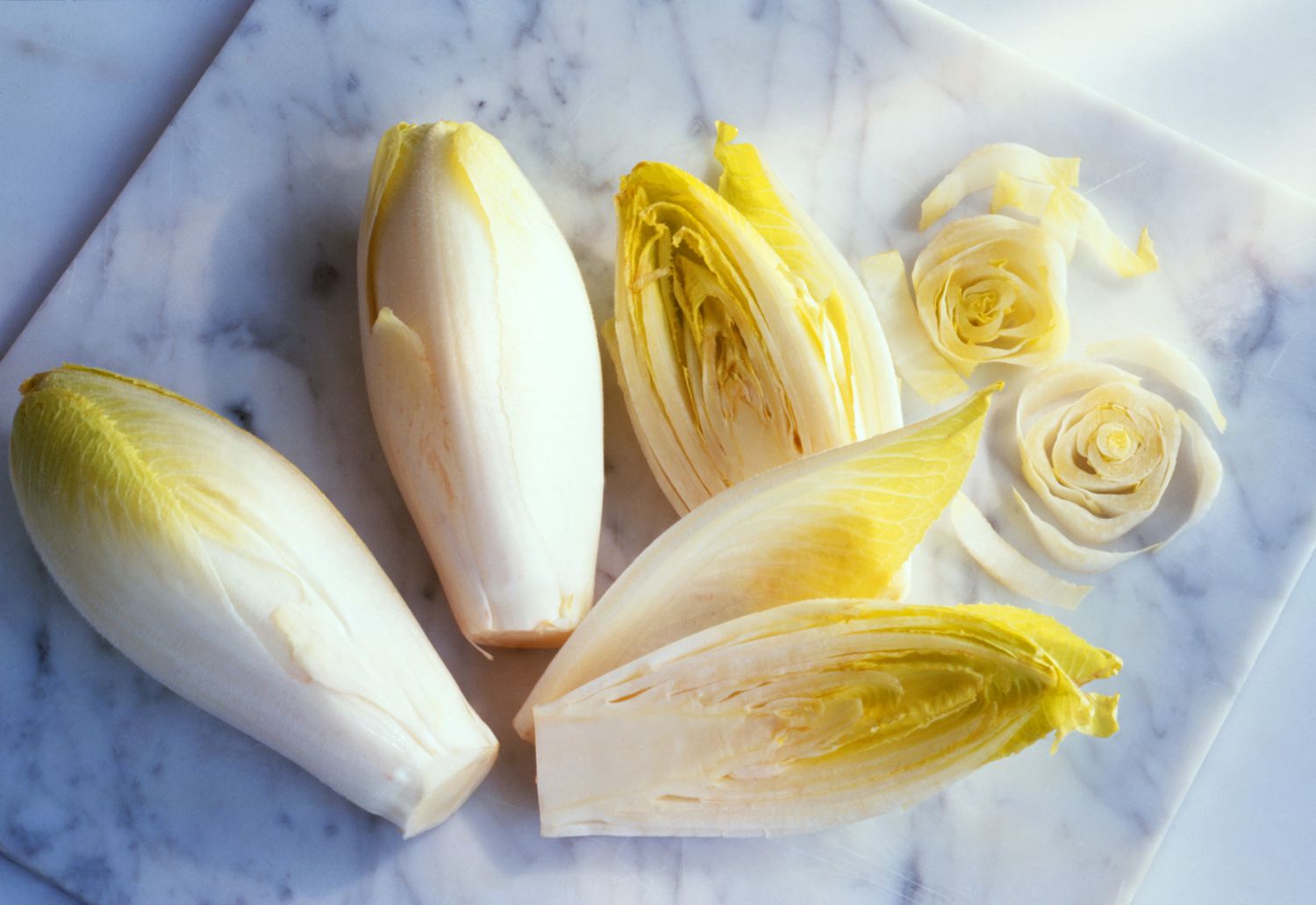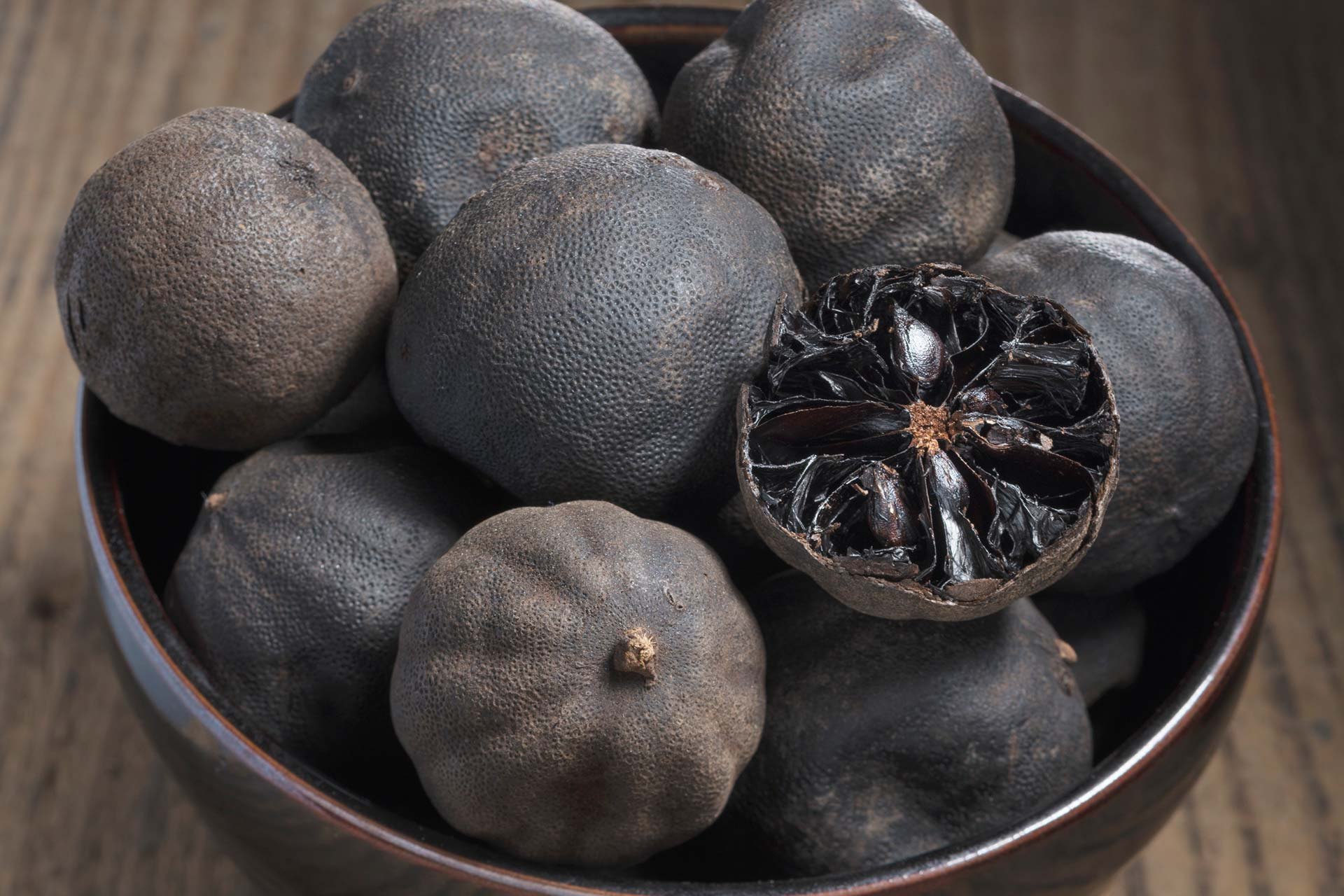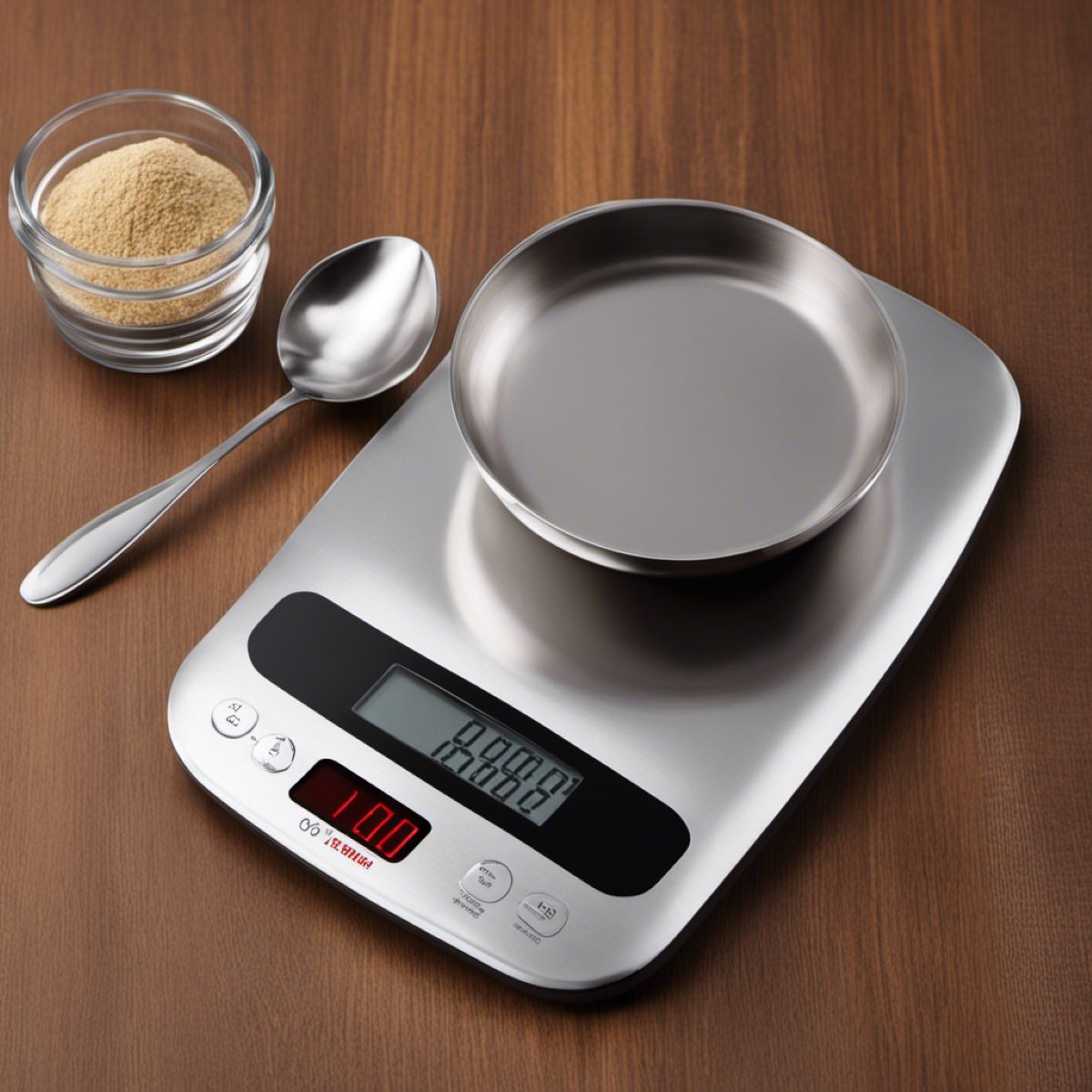Understanding the Versatile Block of Butter
Butter is a staple ingredient in many kitchens around the world. It is used in a wide variety of recipes, from baking to cooking, and it adds rich flavor and creamy texture to dishes. One common form of butter is the block of butter, which is a versatile and convenient way to use this essential ingredient.
What is a Block of Butter?
A block of butter is a solid, rectangular-shaped mass of butter. It is typically sold in pre-measured quantities, such as one pound or 454 grams, and is wrapped in foil or parchment paper to maintain its shape and freshness. The standard size of a block of butter can vary slightly depending on the country of origin, but it is generally easy to find in most grocery stores.
Uses of a Block of Butter
A block of butter has a wide range of uses in the kitchen. Here are some common ways to use this versatile ingredient:
- Baking: Butter is a key ingredient in many baking recipes, such as cookies, cakes, and pastries. It adds flavor, moisture, and richness to baked goods.
- Cooking: Butter is often used for sautéing, frying, and pan-searing various foods. It can also be used to make sauces and gravies.
- Spreading: Softened butter from a block is perfect for spreading on toast, muffins, and other baked goods.
- Flavoring: Butter can be used to add richness and flavor to vegetables, meats, and seafood dishes.
Types of Butter
There are different types of butter available, and they can vary in flavor, texture, and fat content. Some common types of butter include:
- Unsalted Butter: This type of butter contains no added salt and is preferred for baking to have better control over the salt content in recipes.
- Salted Butter: Salted butter has salt added to it, which can enhance the flavor of both sweet and savory dishes.
- European-Style Butter: This butter has a higher fat content and a richer flavor, making it ideal for pastries and other baked goods.
- Grass-Fed Butter: Butter made from the milk of grass-fed cows is known for its rich, creamy taste and higher levels of beneficial nutrients.
Storing and Handling Butter
To maintain the freshness and quality of a block of butter, it is important to store and handle it properly. Here are some tips for storing and handling butter:
- Store butter in the refrigerator to keep it fresh. It can also be frozen for longer-term storage.
- Keep butter wrapped or in a covered container to prevent it from absorbing other odors in the refrigerator.
- Allow butter to come to room temperature before using it for spreading or baking to ensure even distribution and easier mixing.
- Use clean utensils or knives when cutting or spreading butter to avoid contamination.
In Conclusion
A block of butter is a versatile and essential ingredient in the kitchen, with a wide range of uses in cooking and baking. Understanding the different types of butter and how to store and handle it properly can help home cooks make the most of this delicious and creamy ingredient.
Whether it’s for adding richness to a sauce, creating flaky layers in a pastry, or simply spreading on a slice of warm bread, a block of butter is a valuable addition to any kitchen pantry.
Was this page helpful?
Read Next: What Is Chinese Lobster Sauce
